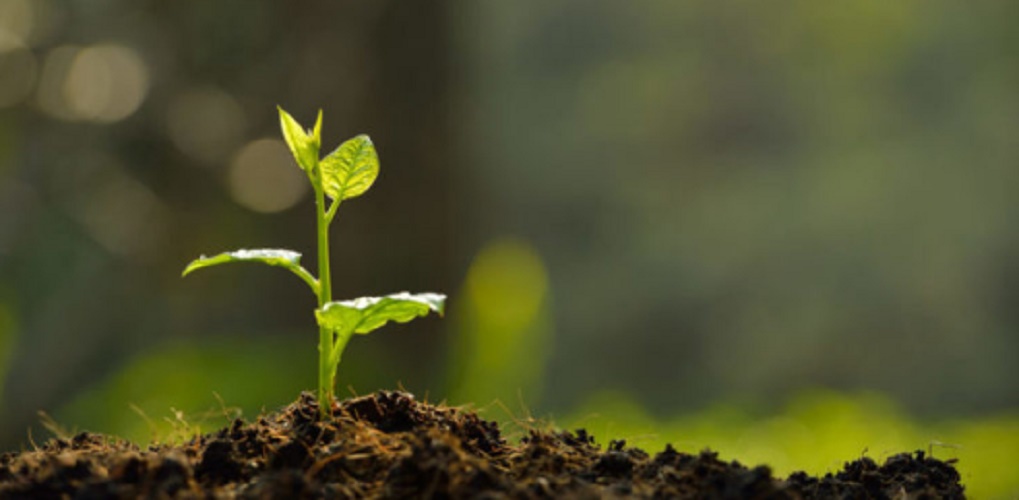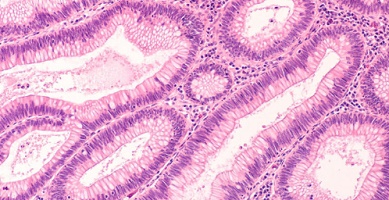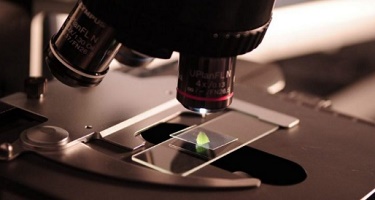What are the biological kingdoms?
We explain to you what the biological kingdoms are and the history of these species sets. In addition, the characteristics of each.
-
What are the biological kingdoms?
In biology , and especially taxonomy , each of the large groups in which species of known living beings are classified , according to their evolutionary kinship, that is, their place of origin in the long history of life . It is the second level of classification of living beings , below the domains and above the edges (or phylum).
Throughout the history of science , the human being has made efforts to understand the dynamics of origin and change of life, and for this he has developed these classification systems, which in turn have varied greatly with the passage of the time .
As scientists understand more and in greater detail the characteristics of living beings, new classification possibilities appear and old assumptions are considered obsolete. For that reason there are various classification systems in biological kingdoms, not always coinciding with each other.
The most recent and most accepted system is the one proposed by Anglo-Canadian Thomas Cavalier-Smith in 2015 , although there is still debate about it in the specialized scientific community.
-
History of the biological kingdoms

The first systems of life classification date back to ancient times, when ancient philosophers proposed approaches to life distinguishing between their observable basic properties. Thus, we have:
- Two kingdom system. Attributed to the Greek philosopher Aristotle (IV BC), he divided living beings into two broad categories, based on what the theorist called “vegetative soul” and “sensitive soul.” In the first case, it translated into the ability to grow nourish and reproduce, while in the second this also included desire, movement and perception. This system was inherited a long time later by the famous Swedish scientist and naturalist Carlos Linnaeus, who proposed in 1735 a classification system of two realms: Vegetabilia and Animalia .
- Three kingdoms system. A third kingdom would emerge for the first time in 1858, when the English biologist Richard Owen realized the difficulty of classifying certain microorganisms based on the two kingdoms of Linnaeus, and proposed a third: Protozoa, composed of microscopic beings formed by nucleated cells . This new kingdom was renamed Proctist in 1860 by the English also John Hogg, although in his considerations he also proposed the existence of a “mineral kingdom”, which was later ruled out by Ernst Haeckel, father of protistology, who in 1865 baptized the third kingdom as a Protist and included in it all forms of microscopic life with animal, vegetable and mixed characters, but distinguishing for the first time between unicellular and multicellular organisms.
- Four kingdoms system. As the microbiology advanced, the three kingdom system required rethinking, since the distinction between prokaryotic organisms (without a cell nucleus ) and eukaryotes (with a cell nucleus) became more evident and important. And to distinguish between nucleated and non-nucleated microorganisms, Herbert Copeland in 1938 proposed a system of four kingdoms: Animalia , Plantae , Protoctista and a new group for anucleated bacteria : Monera .
- Five kingdoms system. The fifth kingdom arose in 1959 when Robert Whittaker found that the fungi constituted a totally different group of the vegetable, and in 1969 he proposed a system of five kingdoms that included the Fungi (fungi), and conserved the four of Copeland. This was one of the most popular systems in history.
- Six kingdom system. The advancement of the techniques of study and exploration of DNA and RNA in the second half of the twentieth century revolutionized many of the assumptions of biology, and allowed Carl Woese and G. Fox to reinvent the system and propose six different kingdoms: Bacteria , Archaea , Protista , Plantae , Animalia and Fungi . These six kingdoms are divided, in turn, into two domains: Prokaryota (Bacteria and Arquea) and Eukaryota (the rest) . In many places this is the accepted system.
- Seven Kingdom System Work by the Canadian Cavalier-Smith and later developers, he proposed the creation of the Chromista kingdom to distinguish diatoms, oomycetes and similar algae, and recovering the Protozoa name for the rest of the eukaryotic microorganisms. Thus, the seven kingdoms would be the two of prokaryotes: Archaea and Bacteria , and five of eukaryotes: Protozoa, Chromista, Plantae, Fungi, Animalia.
-
Bacteria kingdom

One of the two kingdoms of prokaryotic organisms, that is, without a cell nucleus and with much simpler and smaller cell structures, encompasses the most abundant and diverse single-celled microscopic beings on the planet, which have a photosynthetic, saprophytic and even parasitic existence, in virtually every habitat in the world. They have a peptidoglycan wall that allows them to be classified into two types: Gram negative (double wall) or Gram positive (single wall).
-
Archaea kingdom
This is the other type of known prokaryotes, lacking peptidoglycan cell walls , non-pathogenic and present in very extreme habitats, since their nutrition is based on chemosynthesis, that is, the use of specific chemical reactions in anaerobic environments (in absence of oxygen). The existence of archaea or archaebacteria has been known since the 18th century, but its difference with respect to bacteria was not understood until the 20th century.
-
Protozoan kingdom

This kingdom is considered the basal group of eukaryotes , that is, the first to emerge, from which others would have come off. It is a paraphilic group, that is, it includes the first common ancestor but not all of its descendants .
Here we can find, then, unicellular eukaryotic microorganisms, usually flagellated, without a cell wall and that do not form tissues, dedicated to heterotrophic nutrition , either saprophytic or predation of other microorganisms, such as bacteria and other protists.
-
Chromistic kingdom
It is a eukaryotic kingdom of organisms without too many common characteristics, but that can be summarized in various types of algae, which were traditionally classified within the plant or fungal kingdom, since they may or may not have additional chlorophyll or pigments . Many chromists, in fact, can lead a parasitic life. This group includes unicellular and multicellular algae, oomycetes and apicomplexes.
-
Kingdom Plantae

A group of photosynthetic multicellular eukaryotes, that is, they perform the synthesis of sunlight, absorbing atmospheric CO2 and releasing oxygen in return. This group is indispensable for the support of life as we know it , especially terrestrial plants. They are characterized by cellulose wall cells, by their still life and by their sexual or asexual reproduction depending on the species and the conditions given.
-
Fungi kingdom

The kingdom of fungi, that is, of aerobic and heterotrophic multicellular eukaryotic organisms , unable to synthesize their nutrients and therefore dedicated to a saprophytic or parasitic existence: either they act as decomposers of organic matter, or they infect the bodies of others living organisms They have a cell wall like plants, but chitin instead of cellulose, and reproduce by spores, both sexually or asexually.
-
Animal kingdom

The last kingdom is that of animals, that is, that of eukaryotic multicellular organisms endowed with their own mobility and a heterotrophic metabolism , sustained by breathing : the consumption of oxygen and organic matter from other living things, for their oxidation and obtaining chemical energy and CO2 expulsion. Animals are a vastly diverse kingdom, scattered in aquatic , terrestrial and even air habitats , which can be divided into two groups: vertebrates and invertebrates , depending on whether or not they have a backbone and endoskeleton.





